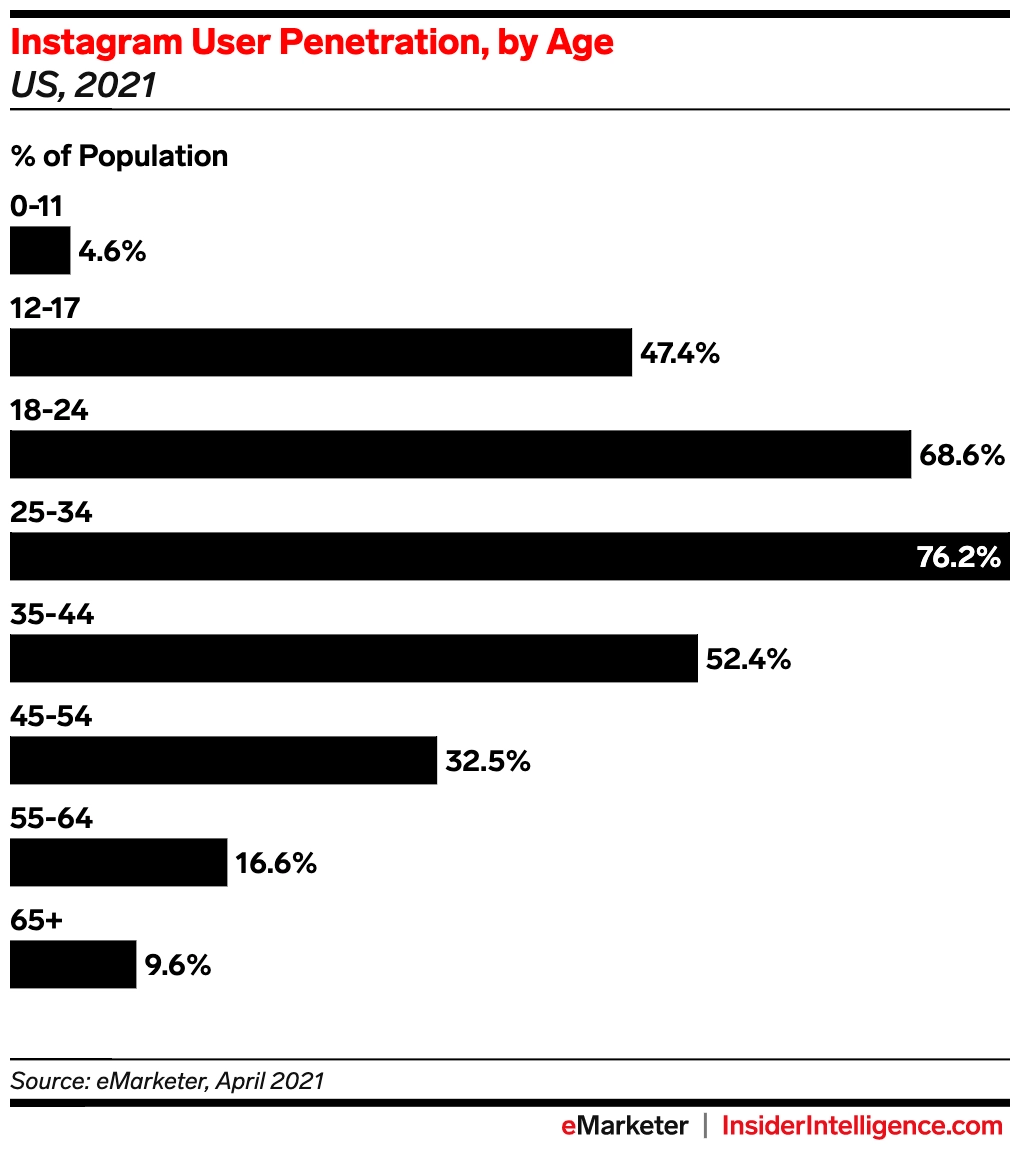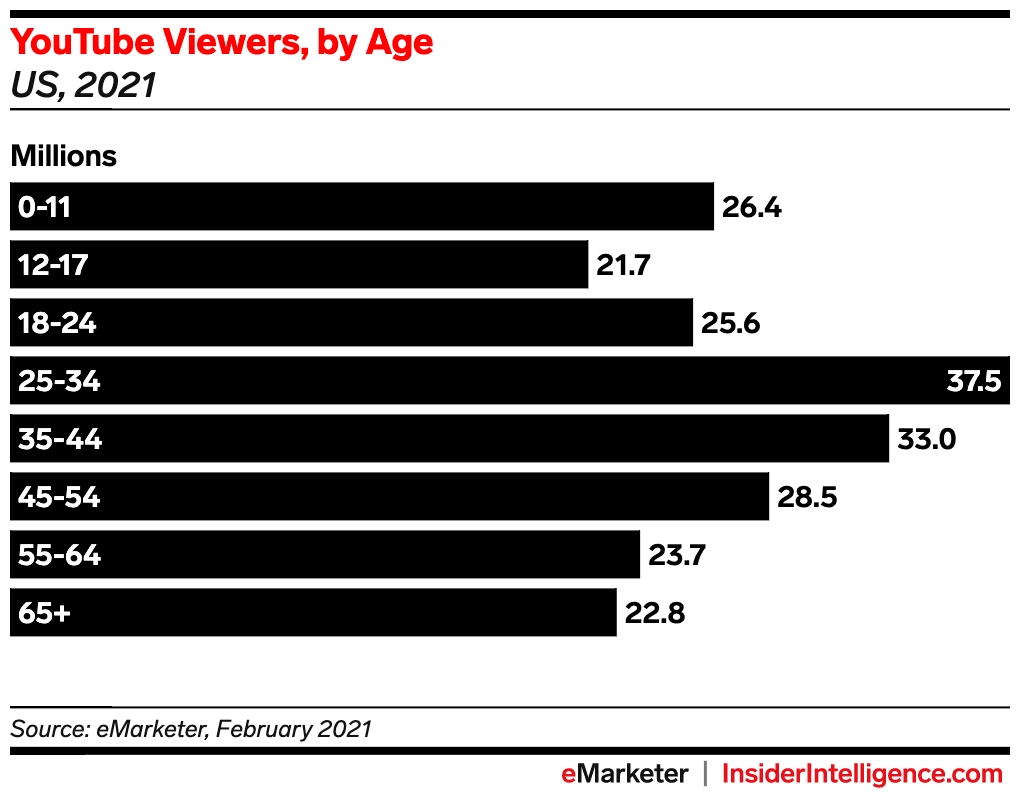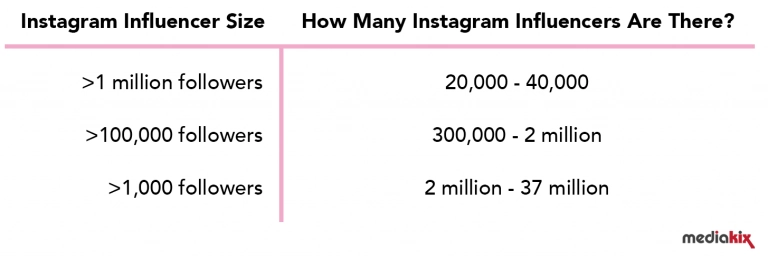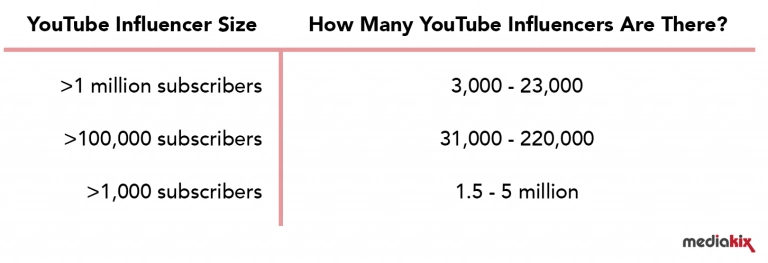Reading Time: 15 Minutes
When considering Instagram vs YouTube, both social media channels are over a decade old. And since their launch, both deserve credit as the longest-standing influencer marketing channels online today.
Although old by social media standards, neither are by any means outdated. Each continues to compete with emerging apps (like TikTok and Twitch) while also pushing the envelope on posting style, engagements, and social commerce.
Both social media platforms have their own unique strengths that complement each other and can enhance your marketing strategy. This is especially true for influencer marketing managers.

One of the biggest differences between Instagram and YouTube is the number of monthly active users (MAUs). Both post high numbers with YouTube’s nearly 775 million MAUs and Instagram’s 1 billion MAUs. If your goal is brand reach, both platforms will get the job done.
YouTube and Instagram have user data and analytics tools backed by internationally-leading tech giants. Google owns and manages YouTube, while Facebook runs Instagram. Each platform’s analytics operate slightly differently, which can impact campaign performance for brands.
Here’s a quick breakdown of the major differences when looking at Instagram vs YouTube.
| YouTube | ||
| 1 billion | Number of active monthly users | 774.6 million |
| Type of video posts |
|
| IG Stories last 24 hours | Ephemeral posts | YouTube discontinued stories |
| Yes (1:1) | Image posts | Slideshow videos only |
| Most popular among ages 18-34 | Age demographics | Most popular among ages 25-44 |
| Top industries |
|
| Limited to Story Swipe-ups, DMs, and bios | Hyperlinks | Available for video descriptions, comments, and About page |
| Number of active users | Greatest advantage | Content engagement & search engine optimization |
| Yes | In-app shopping | In beta testing |
Comparing Instagram vs YouTube, both platforms are visual–Instagram favors images while YouTube favors long-form videos. But each channel also offers several posting options which make it easy for marketers and creators alike to offer more unique and relevant types of content.
When posting images, Instagram is the best choice for brands. That said, some creators try to integrate images in a YouTube video, particularly if they are offering instructions with screenshots or showcasing product/landscape photography.
When it comes to video formatting, top-performing IG videos use a 9:16 ratio while the most popular YouTube videos use a 16:9 ratio.
Instagram offers multiple options for posting vertically-formatted videos in both short and long form and until recently, YouTube only favored horizontal videos.
But in July 2021, YouTube launched its own version of short-form, vertical videos with Shorts. Because it is so new, creator adoption is low, and it remains to be seen just how popular this new feature will be.
Taking a look at Instagram vs YouTube and medium, there is decent overlap between industries and niches on both platforms. Both offer ideal environments where homemade and professional posts can excel, provided they are relevant and authentic to the right audiences.
While many consider Instagram the leading lifestyle social media platform, YouTube remains the top channel for how-to videos and tutorials.
Both platforms favor consumer brands, such as fashion, beauty, food, and travel. But Instagram also caters to pet, family, and wellness content, while YouTube is a prime spot for gamers and B2B tech brands.

While Instagram has the largest audience, YouTube has the broadest in terms of age and demographics.
As a general rule, YouTube caters to slightly older users, favoring Millennials and older Gen Z-ers. Instagram is most popular among teens and young adults. That said, both perform respectably outside their primary age demographic.

These user demographics change slightly if you target specific niches. For example, gamer videos on YouTube attract younger viewers while certain travel and fashion posts on Instagram might appeal to older users.
Instagram has all the benefits that Facebook has to offer as the leading social platform for social commerce, making it a perfect platform for influencer marketers and ecommerce brands.
YouTube offers the best advertising experience for marketers with pre and mid-roll video ads and in-picture banner ads, and is experimenting with social commerce like in-app shopping.
For brands that leverage social media to drive website traffic, YouTube is valuable for SEO, since marketers can integrate hyperlinks more easily and craft video descriptions that rank on Google. Instagram content is not currently indexed on search engines and only allows hyperlinks within IG Stories, profile bios, and direct messages.
It’s difficult to say whether one platform is better than another when it comes to influencer collaborations. Both are channel favorites among leading influencer marketers.
In fact, YouTube and Instagram are usually the best places to launch your initial campaigns. Many brands start their influencer program within YouTube or Instagram (or both) and expand into other channels once they’ve established their presence on YouTube/Instagram.
That said, the nature of your product/service will determine whether YouTube videos or Instagram images/videos work best. It’s critical that you post where your target audience engages the most since each offers a unique visual appeal within each channel.
It’s rare to find a thriving creator or influencer that doesn’t already have a strong Instagram presence. That’s why marketers view IG as the leading platform for influencer marketing.
However, the most skilled video creators operate on YouTube. It is difficult to succeed on YouTube without strong shooting and editing skills, since the platform’s editing options are limited.
In terms of range and versatility, Instagram creators can post images/videos, create carousels/Stories from a mixture of images and videos, and repost content from other platforms for a wider reach.

Because both platforms now host more than 1 million active influencers, earning 10,000 or more followers on YouTube and Instagram is generally more challenging than it is on other smaller and newer platforms.

For influencer campaigns that achieve best results through professionally-edited, long-form videos, YouTube is by far the best channel. Currently, no other platform comes close to long-form, video post performance.
Instagram allows creators to use images and vertically-formatted videos freely. The channel favors any type of content that is aesthetically-pleasing and attracts high engagement on both long and short-form videos.
When a YouTuber posts, they expect their videos to be relevant for years to come. Even ephemeral content have extended lifetime value.
Additionally, YouTube video descriptions are indexed on Google, meaning that Google users can type questions that return YouTube videos within ranked results. Brands leveraging YouTube videos and influencers must pay careful attention to SEO when crafting descriptions.
By contrast, Instagram content is searchable only within the app itself. Thanks to its one billion user base, using tags and hashtags for in-app searchability can generate incredible results, despite the fact that IG posts aren’t yet search engine indexed.
That being said, IG is toying with the idea of making certain posts searchable on Google, such as saved Stories (Highlights) and IGTVs.
Because there are so many different ways to publish visual content on Instagram, users enjoy more images and short videos in a single session. By contrast, the average YouTube video lasts 11 ½ minutes, requiring more dedication from the viewer.
That’s why Instagram creators are typically more affordable than YouTube creators – it is easier to post and engage audiences on Instagram. However, YouTube video engagements nearly always accompany better quality impressions.
To keep the viewer interested for more than a minute or two, the content must be compelling and relevant. YouTubers work very hard to achieve this level of relevancy, and as a result, they can often deliver better results per engagement compared to Instagram influencers.
Because YouTube offers brands, ambassadors, and affiliates more opportunities to post hyperlinks, a single video can continue generating traffic and conversions long after the campaign ends.
Instagram limits your ability to integrate hyperlinks in posts. The most common link technique on IG is through Story Swipe-ups, but since those Stories last 24 hours, the window for gaining traffic and conversions is brief. That said, users can save a Story (using IG Highlights) and extend the life of an affiliate link, though brands and creators have little control over how often followers save a Story.
Amateur photographers and videographers can use Instagram’s filters and editing tools to post professional-looking content. These capabilities allow nearly anyone to connect with audiences using compelling content.
But YouTubers have to put a lot of effort into producing a high-quality video post. They typically use higher-end cameras and professional editing software (such as Adobe Suite) before uploading their finished video.
When it comes to a seamless shopping experience within the app, Instagram is the better choice for influencer marketers. Users can go from clicking a link to checking out in just a few clicks, as well as enjoy product carousel displays and claim limited-time offers within the Instagram app.
While YouTube is currently experimenting with several social commerce updates, its in-app features are far behind Instagram and Facebook. However, many ecommerce brands appreciate YouTube’s hyperlink options which result in more website visits.
Instagram and YouTube do certain things better than the other. But overall, there’s not a clear “winner” between the two. When comparing Instagram vs YouTube, there are two things to consider.
First, your audience and your product should dictate the type of content that works best and where you should publish that content. By pinpointing where your audience is most active, you can collaborate with influencers to help you craft the right image or video to achieve best results.
Second, if it’s possible for your brand to invest in both channels, you can multiply your results. These two platforms complement each other, and between them, you have access to a broad audience within nearly every niche and industry.
Authentic content directed toward the right audience is a priority. And the more campaigns you run, the easier it will be to see where you achieve the best results and how you can refine your campaigns over time.
Learn more about influencer marketing: Influencer Marketing 101
Our team keeps a finger on the pulse, so you’re always working with the latest information.